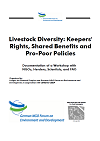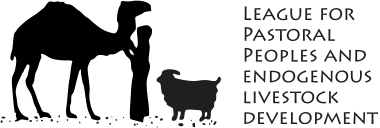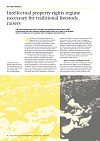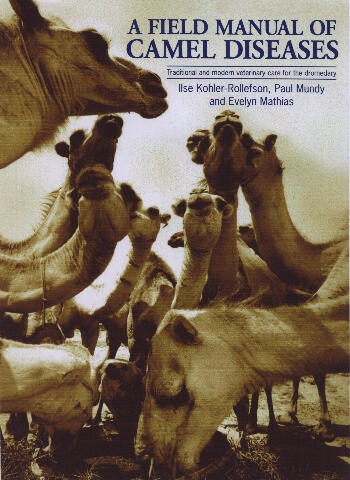Livestock diversity: Keepers’ rights, shared benefits and pro-poor policies
Documentation of a workshop with NGOs, herders, scientists, and FAO. Organised by the League for Pastoral Peoples and German NGO Forum on Environment and Development, in cooperation with CENESTA/CEESP
- It is time to initiate a treaty on livestock genetic resources
- Formal legal recognition of pastoralists’ and livestock keepers’ rights is due
- Pastoralist livelihoods in marginal areas need to be protected and improved
- An international convention is needed
- Differences and similarities between plant and animal genetic resources for food and agriculture
- Definition matters

Download document


